It has been registered as World Heritage Site as part of the Historic Monuments of Ancient Nara, and it is a long-standing shrine with a history of 1,300 years.
The shrine grounds that include Mt. Mikasa in the Kasuga area cover an area of over 100 hectares and contain 61 sessha (auxiliary shrines) and massha (branch shrine), as well as the inner shrine that is dedicated to the four deities of Takemikazuchino Mikoto, Futsunushino Kami, Ameno Koyaneno Mikoto, and Himenokami.
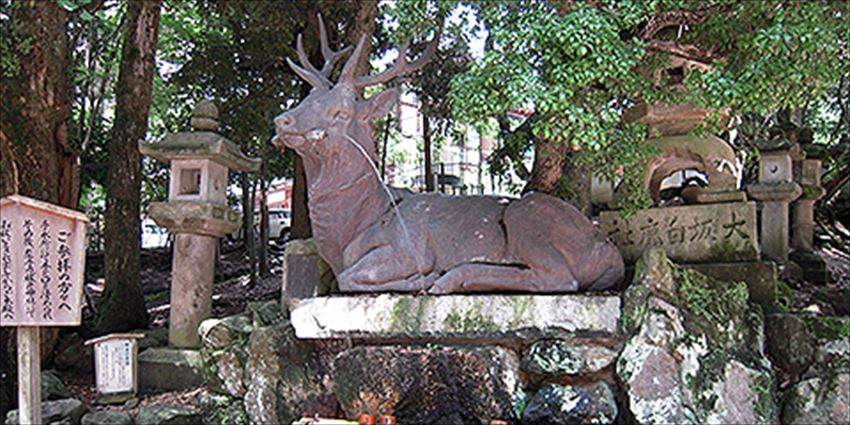
The grounds also contain the Homotsuden (Treasury), Botanical Gardens, and Deer Park.
The vastness of the grounds is simply overwhelming, as it takes 15 minutes to walk from the Ichino Torii (the First Gate) where the entrance path start to the inner shrine.
Because the shrine has served since long ago to ward off evil fortune, bring about traffic safety, and work miracles in areas such as matchmaking, marriage, having children, and commercial prosperity, it is a popular power spot that many people visit to pray every year.
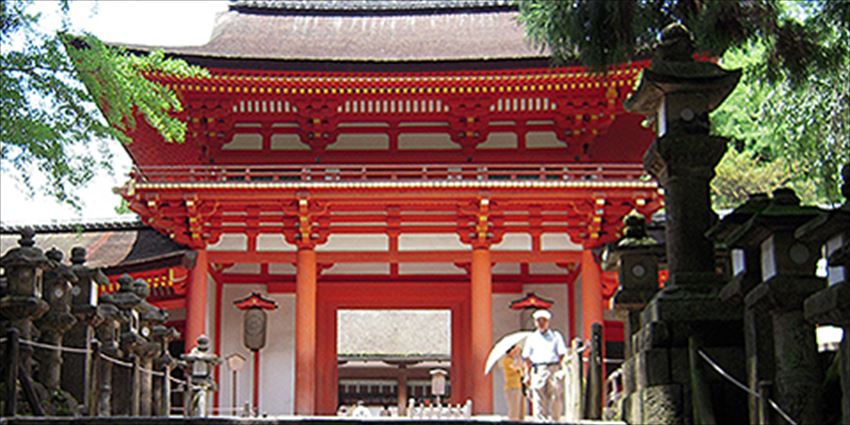
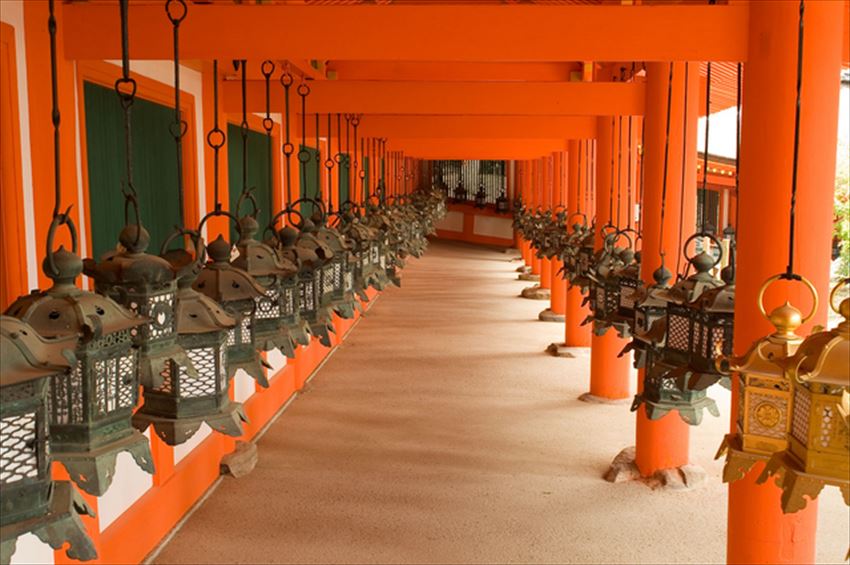
Because of the legend that the first deity of the shrine, Takemikazuchino Mikoto, came riding in on a white deer from the Kashimajingu Shrine, deer are treated respectfully in Nara as the servants of the deities and they can be seen throughout the shrine grounds.
While the deer at Nara are cute and have become accustomed to people, you should always remember that they are wild animals.
They can have fiery tempers after giving birth or when in heat, so please be careful when coming into contact with them.
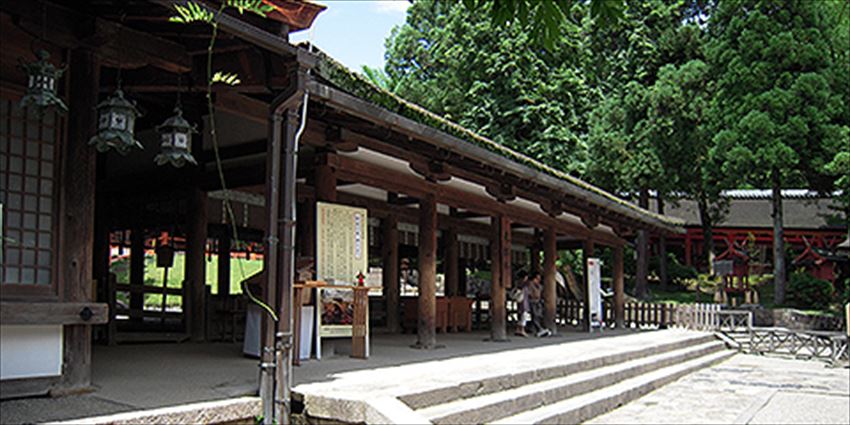
The Kasuga Taisha Shrine serves as the main shrine for more than 3,000 branch shrines throughout Japan, and over 1,000 rituals take place at the shrine even today.
In 2015 and 2016 a big event that takes place once every 20 years called the Shikinen Zoutai is scheduled.
This important ritual that is performed over several days consists of the rebuilding of various pavilions including the main shrine where the deities live.
Information http://www.kasugataisha.or.jp/
Opening hours: 6:00 to 18:00 in April to September, 6:30 to 17:00 in October to March
*Hours may vary depending on events that are held. Admission: free (outer area)
*Ceremony fee of 500 yen for special visits to the inner shrine
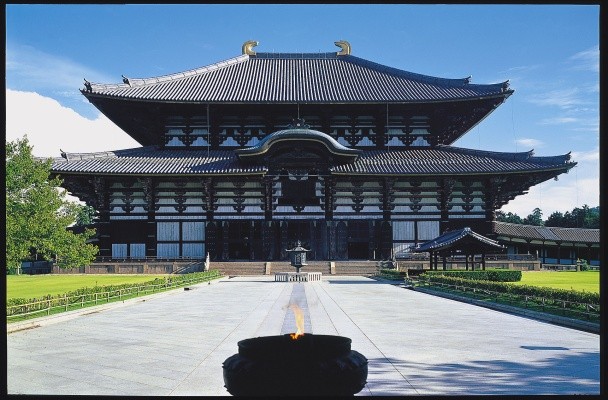
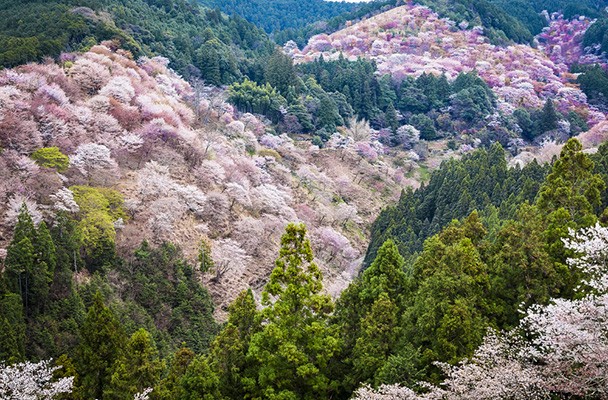
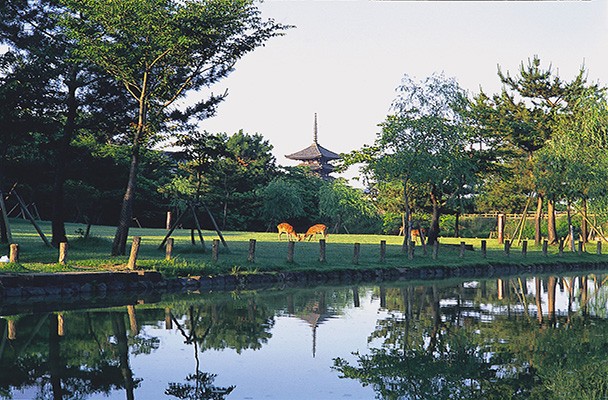

Comments